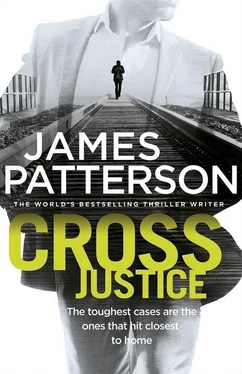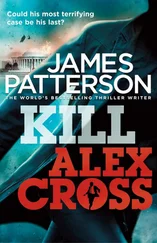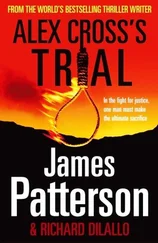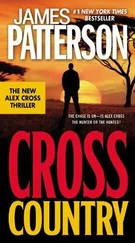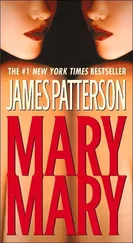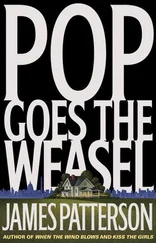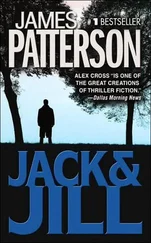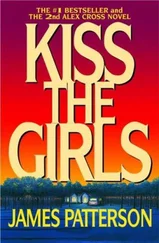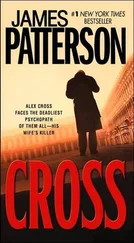I started checking measurements and comparing the pictures to the current situation. The crime scene diagrams showed the entrance gap as sixty-six and a half feet from the stack. I used a small laser range finder and noted it was closer to seventy. That was unimportant in itself, but it suggested that the rest of the forensics work might have been shoddy too.
I used the range finder again to tell me where the ID card and drugs had been found. Compared with the photographic evidence, those locations were also off by a foot or more. And many of the rocks had been overturned or moved slightly from the positions shown in the pictures.
Still, I noted the trend line created by the rock stack, the ID, and the drugs. The position of the three suggested someone leaving the stack and heading due east, toward the creek. This jibed with the police theory that the killer had escaped over the rocks, gone into the water, and then waded out of the quarry.
I continued along the trend line, noting by the pictures that no stone in the twenty-four feet between the drugs and the water had been left unturned. According to the file, police had found no more evidence along the route, but I went all the way to the creek anyway.
Rock-bottomed and algae-bloomed, the stream was no more than eight inches deep and sixteen inches wide. It ran lazily from my left to my right into and under the bramble of brush I’d seen from the lookout earlier that morning.
I got down into the water and walked in the stream, seeing how the willows overhung it. If things hadn’t changed considerably in the past months, a man would have had to crawl through there. A woman too.
Why do that? Why use the stream at all? It’s the dead of night. Why not just go out the way you came in?
I supposed someone could argue that Stefan would seek the water to keep his trail scent-free. But it had been raining when the killer left. And what had caused the fleeing murderer to drop the ID and the drugs? A pocket torn during the struggle?
I crouched to peer through the limbs and vines and saw where the creek broke free forty feet on, close by the gap in the quarry wall. On the banks, caught up in the roots, there was plenty of trash: beer cans, a plastic milk jug that looked like it had taken a shotgun blast, and a length of faded orange twine twisted through the roots like a game of cat’s cradle.
Toward the far end was what looked like a rusted bike handlebar, and—
Behind me, near Bree, a bullet ricocheted off stone a split second before I heard the distant muzzle blast of a high-powered rifle.
I threw myself back and down into the stream, digging for my gun and screaming, “Bree!”
I heard the second round slap limestone before the report, and then she yelled, “I’m okay, Alex! Shooter on the northeast rim, left of the overlook!”
My backup pistol in hand, I raised my head, found the forested northeast rim, and caught something glinting in the trees a second before the third shot. This one was aimed at me.
The bullet blew up a small rock four feet in front of my position, throwing stone and grit in my face before I could duck.
Bree opened up with her nine-millimeter, three quick shots and then two more, all Hail Marys at better than two hundred yards. But the counterattack seemed to make the sniper think better of continuing to shoot at us.
For almost a minute, there was nothing. I put my face in the water, eyes open to wash them out. I raised my head and blinked before hearing the sound of an engine starting and rubber tires spitting gravel.
I stood, looked up blurrily, and saw a white flash as the shooter went past.
“Was that an Impala?” I yelled.
“Couldn’t tell!” Bree shouted back. “You okay?”
“Better than I might have been,” I said, blinking and wiping at my eyes until I could see reasonably well.
Bree was standing on the opposite side of the rock pile, scanning the rim in case there were others waiting to shoot.
“Where’d the first two rounds hit?” I asked when I reached her side.
“First shot, he had me exposed from the waist up and hit there,” she said, pointing to a fresh chip in the limestone four feet to her right. Then she pointed to a second chip on the surface of the top slab, eighteen inches in front of her. “I’d already dropped behind the stack when that one hit.”
I shaded my eyes with my hand, peered toward the spot where I’d seen the glint of the sun on a rifle scope. “Has to be better than two hundred and fifty yards,” I said. “But there’s no wind.”
“What are you saying?”
“The guy who shot Sydney Fox was an experienced rifleman at close range,” I said. “If this was the same guy, he’s military-trained or a practiced hunter, so with the right kind of rest, he should have hit us easily.”
Bree said, “Or maybe he’s a local hunter who’s good in thick cover around here, a quick shooter who falls to pieces at long distances.”
“Or the sight was off,” I said. “Or he intentionally missed us.”
“To scare us?”
“And let us know we’re being watched, and probably followed.”
Bree looked around, said, “I feel like a sitting duck out here.”
I did too, and I couldn’t shake the sensation. We decided to leave, call the sheriff’s office, and figure out where the shooter had been. But I went through the slippery gap in the wall feeling like there might be other things to be found in that quarry. I vowed to return the next day.
Once I had cell service, I called the only cop I’d met since arriving in Starksville who seemed more than merely competent. Detective Pedelini answered on the second ring. I told him what had happened. Pedelini said he was no more than twenty minutes away and would meet us at the lookout.
“Do not go into those woods without me,” Pedelini said.
We didn’t. He rolled up in an unmarked white Jeep Cherokee five minutes after we did. We walked him through it, pointing to the positions we’d been in when the shooting started and giving him our rough estimate of where the sniper had been.
Pedelini nodded, said, “Do not get ahead of me.”
The detective started hacking his way through kudzu with a machete he’d gotten from a box in the rear of the Cherokee. From our angle, the sniper had appeared to be very close to the rim, but we soon discovered that six or seven feet back from the edge, the ground turned too steep for anyone to walk on safely.
Pedelini stopped where the footing was treacherous, and we all had to hold on to trees for support.
“Here’s your shooter,” he said, pointing with the machete to scuff marks in the leaves. “There’s the legs of his bipod biting in.”
I stepped up, saw the two holes in the duff, and showed Bree where ferns had been matted down. “He was sitting, feet propped against those tree roots, and on a steady rest.”
Pedelini listened to our theories as to why a good shot on a steady rest would have missed us out there in the open, and he said all of them were reasonable but none conclusive. We searched the area and found no empty cartridges, meaning that the shooter had taken the time to clean up, which suggested he was smart and nothing more.
Pedelini led us out of the woods. We were all drenched in sweat, and we climbed into the detective’s air-conditioned car.
“What were y’all doing down there?” Pedelini asked.
“Due diligence,” I said. “I like to walk crime scenes if I can.”
“Find anything?”
“Some of the measurements on the diagrams are off,” I said.
The detective looked disgusted. “Measurements. That’s Frost and Carmichael’s work. Any other flaws?”
He said this with no defensiveness in his voice, as if he were merely looking for pointers from more experienced investigators.
Читать дальше
